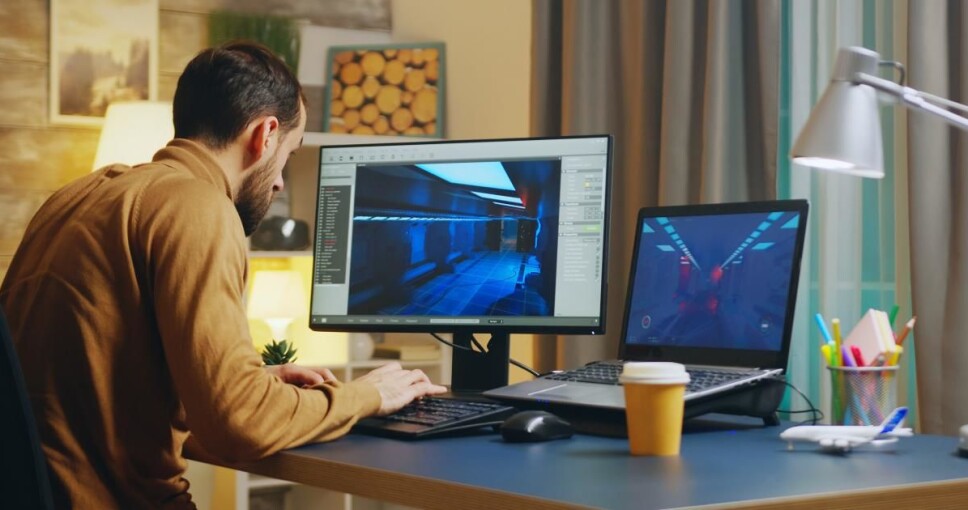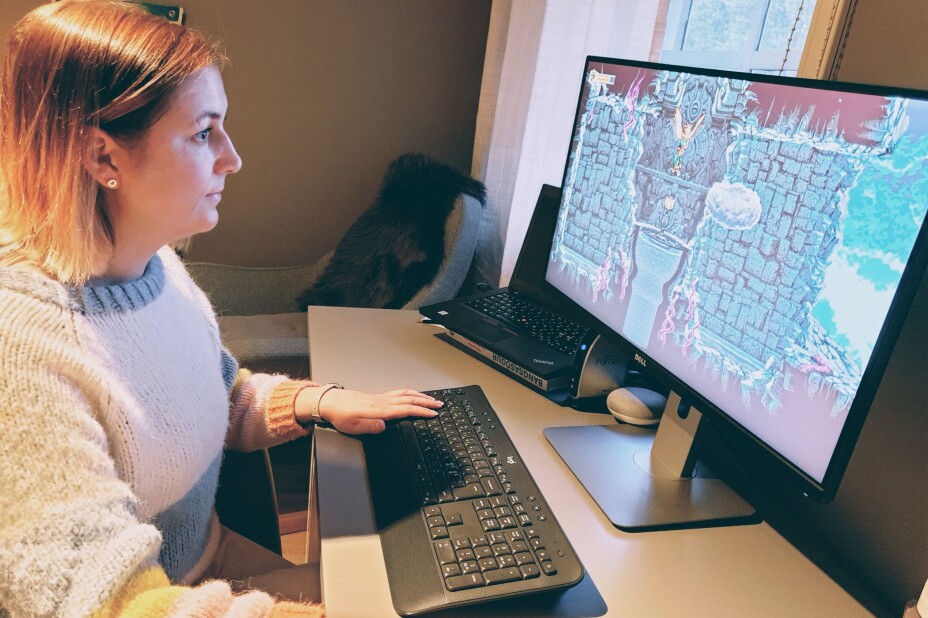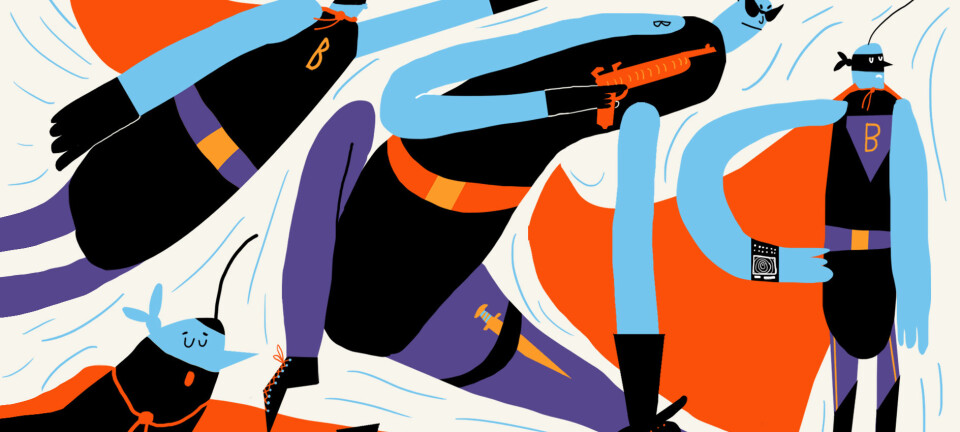This article is produced and financed by University of Oslo - read more

Are Norwegian game developers too keen on perfection?
The desire to create the perfect computer game can be an obstacle to growth in the Norwegian gaming industry, says researcher Hrafnhildur Jónasdóttir.
«The Norwegian gaming industry is tiny compared to their neighbours in Sweden and Finland. We have around 600 people working with computer games in Norway. In Sweden, there are 7900 and in Finland 3200,» says Assistant Professor Hrafnhildur Jónasdóttir at Kristiania University College.
She has studied the Norwegian gaming industry and recently completed her doctorate at the Department of Informatics at the University of Oslo.
«Both Sweden and Finland have managed to establish an environment around some major players. They were very lucky and hit a good growth in the gaming market.»
This is mainly due to mobile development.
«In 2010, these countries experienced major growth with the introduction of mobile technology, which made it easier to develop and launch those kind of games,» Jónasdóttir says to Titan.uio.no.
Norwegian gaming companies had a total turnover of 40 million US dollars in 2018. In Sweden this figure was 1.85 billion and in Finland 2.1 billion.

Very good games
Jónasdóttir's impression of the Norwegian gaming industry and those who develop games in Norway is that many spend a very long time completing the game. They have great visions for their games.
«They create high quality games. There are incredibly good games released here in Norway,» she says.
«Everything from mobile games to larger adventure games focus on creating very interesting stories, good graphics and are willing to stand out. Both among the newcomers and those who have been in the game for a while.»
Norwegian gaming producer D-Pad Studio spent ten years developing Owlboy. Along the way they were creative in promoting the game and it has become a success.
«They changed the game until they were 100 percent satisfied. The game has done very well. They make good money from it and are now a well-established company,» Jónasdóttir says.
Pure entertainment
There is not necessarily anything wrong with striving for the perfect, but it is harder to make money when the projects are few and long lasting. Not everyone endures or can afford year after year of leisure time working.
And when almost everyone works like this, it comes at the expense of the opportunity to make something quicker and easier.
«Perfectionism can be an obstacle to growth. When the average time to develop games in Norway is two to four years, it goes without saying that we cannot have rapid growth,» Jónasdóttir says.
She thinks it would be good for the gaming industry if one could occasionally produce games within a year. Simpler games that are not perfect, but are pure entertainment.
«It must be fun to play them, but it doesn't necessarily have to be a huge game. With some shorter productions, I think maybe you could see a little more development.»
Good enough
The game Size does matter is proof that Norwegian companies can also make success with lower production time. Team DOS is behind it.
«They focused on creating something that was fun to play that they could also implement quickly,» Jónasdóttir says.
«Then you have to think a little differently: What are we able to produce with the knowledge and resources we have right now.»
Some requirements need to be adjusted. Everything may not be perfect, but it may be good enough.
«Then it is important not to get caught up in the first idea you have. The most important thing about a game is that it is fun and engaging to play.»
This can be achieved in many different ways. A game can be fun to play even if the graphics or designs are not superb, as seen in the Swedish success Minecraft.
«You have to test what it is actually like to play it for others but yourself. Doing this regularly and being willing to make quick changes, could accelerate production,» Jónasdóttir says.
You can also test new ideas that way.
Funding
Norway, Sweden and Finland have support schemes for game developers, but they make different demands when distributing money.
«As I understand it, Sweden and Finland focus more on business and getting the games out on the market. In Norway, there is more focus on promoting Norway and putting the Norwegian mark on the games,» Jónasdóttir says.
The Norwegian Film Institute (NFI) provides ever-increasing support to finance games, and covers up to 75 percent of production costs. But they also require that the game or those who make it are linked to Norway or Norwegian history, culture or social conditions.
«One must also think business. The game company is a business that needs to get up and running and you must gain an income for employees to get paid.»
«You have to be a little cynical to make money. Even if you produce games that are fun and exciting and even if you work with what you have a passion for,» Jónasdóttir says.
There is no research that can explain why Norwegian game producers may be greater perfectionists than our two neighbours in the east.
«I think Norwegians are a bit like that. We put a lot of work into things and want it to be of good quality,» Jónasdóttir says.
«It would definitely be of interest to compare with other countries that have a larger gaming industry.»
Reference:
Hrafnhildur Jónasdóttir: Creativity Under Pressure in Digital Innovation: The Case of Norwegian Game Development Start-ups, Doctoral dissertation: Department of Informatics , Universitetet i Oslo, 2020.
Trailer for the Norwegian game Size Does Matter.


































